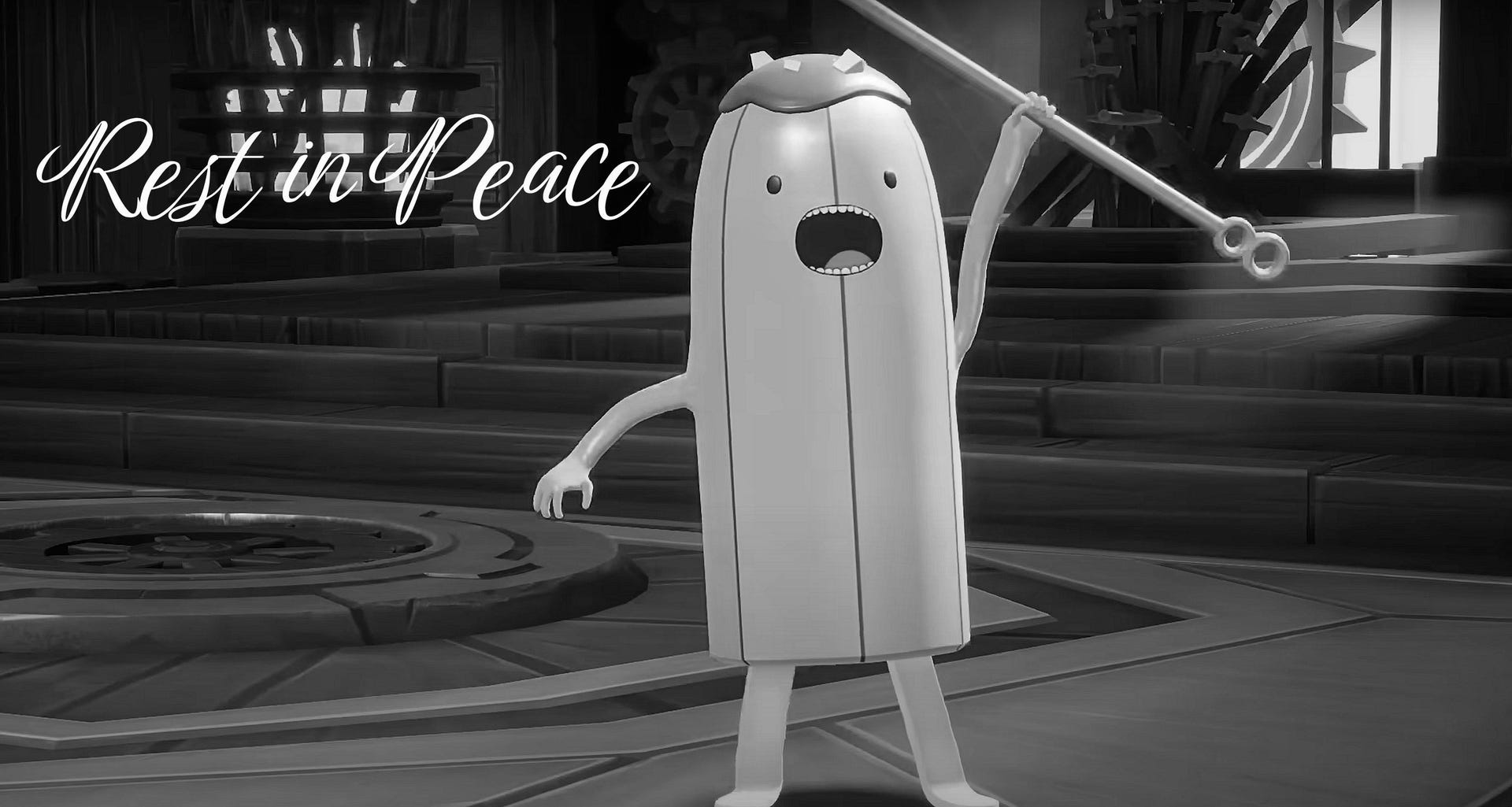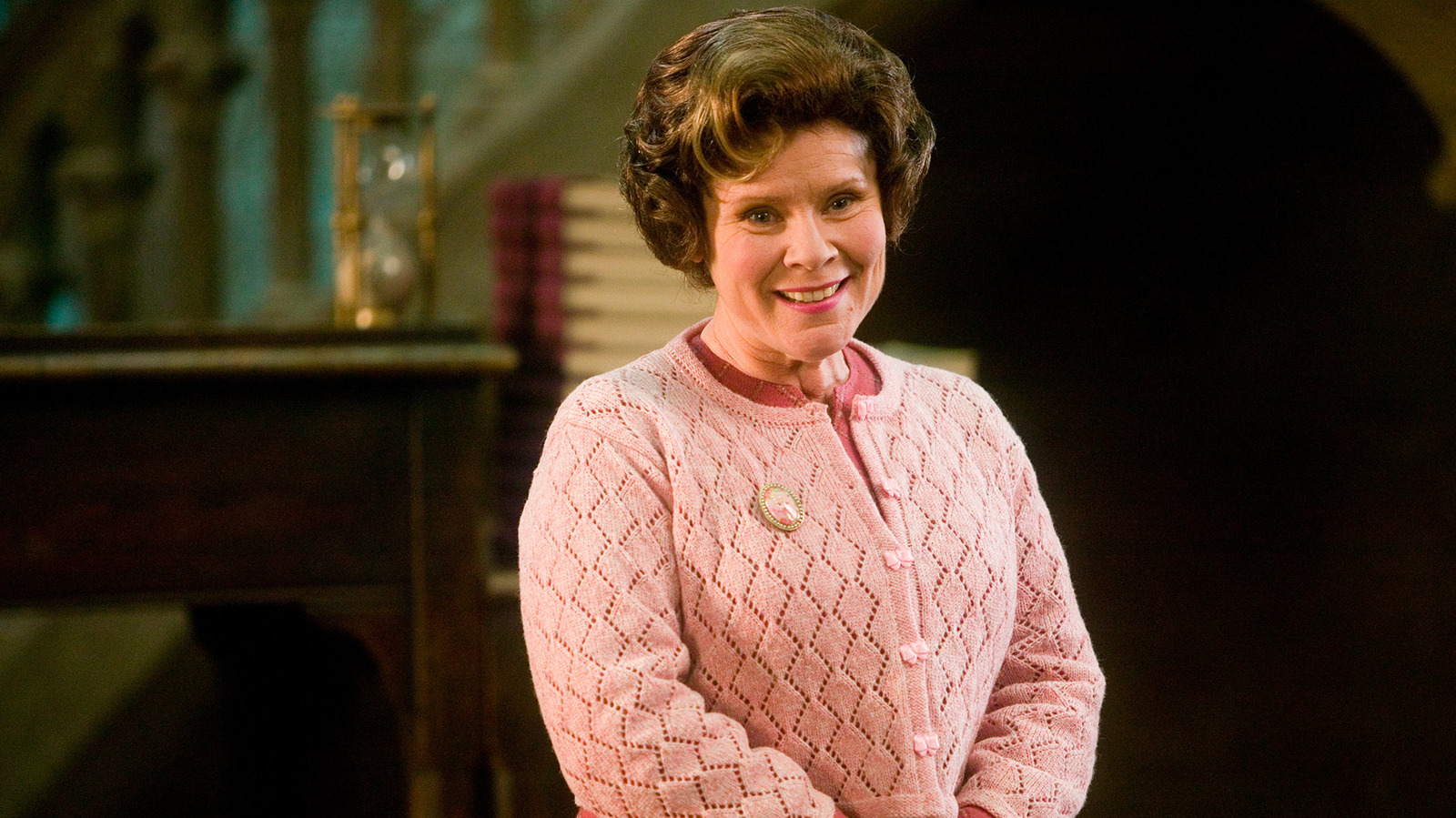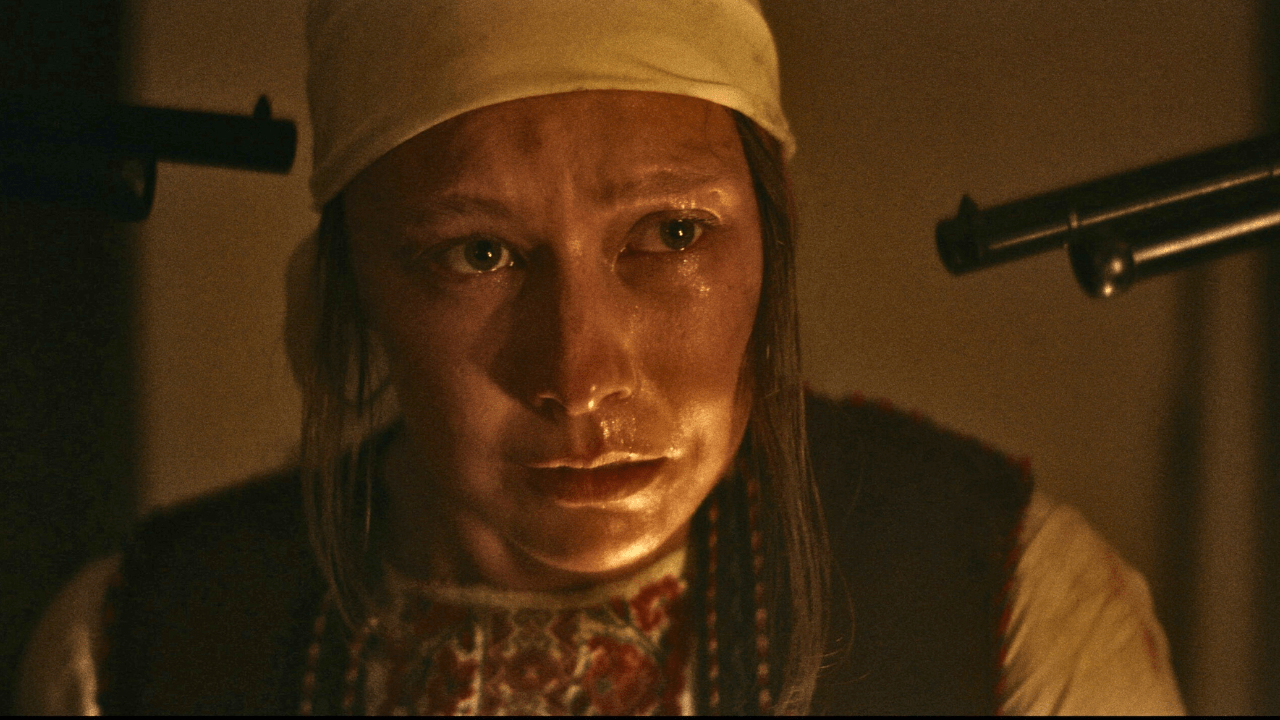Double Indemnity and the banality of evil
The shadow of the Holocaust and the filmmaker's personal experience with it looms large across Billy Wilder's most influential and enduring work. The post Double Indemnity and the banality of evil appeared first on Little White Lies.

Billy Wilder, like almost all immigrants, never forgot where he came from. At one stage in his fledgling Hollywood career, the filmmaker was summoned to the American consulate and it looked as though he might be deported. It was not just his febrile imagination that led Wilder to conclude he would ultimately end up “shipped off to Dachau” unless he could convince this interlocutor of his worth. The American on duty asked Wilder what he did for a living and the answer was succinct: “I write movies.” The official paced back and forth in the office before stamping the young man’s passport and saying, “Write some good ones.”
It is safe to say Wilder heeded the advice. Over the next two decades, he wrote and directed some of the most beloved American films in the history of the medium including The Apartment, Some Like It Hot and Sunset Boulevard. In his own words, “I certainly did not want to disappoint that dear man in Mexicali.” Wilder’s imperial phase began in earnest in 1944 with his third American film, Double Indemnity, the Platonic ideal of a film noir and a crime picture that would change Hollywood forever.
The Holocaust hangs over Double Indemnity like the smoke from Phyllis Dietrichson’s cigarette. It is telling that this was a screenplay written towards the end of the war but set immediately before it – similarly, J. B. Priestley’s An Inspector Calls (first performed a year after Wilder’s film was released) looks to explore the bloodshed to come from the vantage point of 1912. One senses the horrors were all too fresh to be addressed in anything but an oblique manner, especially for Wilder and his cohort.
Film noir was an unexpected consequence of the Holocaust as Jewish emigres like Wilder, Otto Preminger and Robert Siodmak escaped Europe’s cataclysm for the sanctuary of Los Angeles. These directors brought with them a German expressionist style that combined perfectly with the pulpy, hardboiled American fiction of the era. All of this, inevitably, was underpinned by an existential dread that gives the films a gloomy fatalism reminiscent of Thomas Hardy at his most grim.
How could it be otherwise when, at the time of making Double Indemnity, Wilder had no idea what had become of his mother, stepfather or grandfather? He never entirely shook his survivor guilt even as he became heralded as one of the golden age’s preeminent creative forces. Sipping champagne when your family has perished in concentration camps requires a cognitive dissonance beyond even one of Hollywood’s great geniuses. Indeed, speaking in his 90s, the director confessed to feeling “fury, tears, reproaches” about his decision not to take his mother to America with him, admitting: “What is done is done and cannot be undone.”
The plot of Double Indemnity is simple yet enduring enough that the novella’s writer, James M. Cain, used it twice. Both The Postman Always Rings Twice and the book on which Wilder’s film was based concern a man and a married woman conspiring to murder her cuckold husband. Cain wrote Double Indemnity in 1936 but, like Postman, it was considered unfilmable given the restrictions of the Hays Code. But necessity is the mother of invention, and Wilder teamed up with noir icon Raymond Chandler to pen the screenplay against which all crime scripts would be judged going forward.
Cain’s genius was to take the genre away from the realm of private detectives and instead focus on ordinary people in extraordinary circumstances. In Double Indemnity, Fred MacMurray plays Walter Neff, an insurance salesman who uses his vast experience to concoct a scheme that will see the doomed couple off Phyllis’ husband then pocket the life insurance money. The very fact that a cash value is put on a human life (and the insurance company makes every effort to prevent paying out) gives a sense of the dehumanisation rampant across Eastern Europe in the years preceding the film’s release. Theodor Adorno might have said there can be no poetry after Auschwitz, but there is something entirely apposite about film noir.

Above: Walter Neff is executed in a gas chamber in the cut ending to Double Indemnity, while Barton Keyes looks on.
Survivors of the camps often echo Hannah Arendt’s observation about the banality of evil. My own grandfather, an Auschwitz survivor, was struck by the fact that it was not thugs committing these unspeakable acts but educated people: “doctors, lawyers, accountants.” Walter has an establishment job as an insurance salesman and is played by an everyman because Wilder was adamant the character should not seem overtly villainous. The historian Ian Kershaw has stated that most Germans were apathetic about the fate of the Jews in the early 1940s, claiming that “the road to Auschwitz was built by hate, but paved with indifference.” It is worth noting that Barbara Stanwyck’s Phyllis is shown in close-up as Walter murders her husband; her face exudes myriad emotions but not one of them is guilt.
Setting the action in Los Angeles a year before the outbreak of the war implies Wilder, like William Golding with Lord of the Flies, did not feel there was anything uniquely German about the savagery. Film noir in general depicts human beings as flawed, dark creatures and thus the movies have tended to date better than most others made in the 1940s and 1950s since the history books tend to tell a similar story.
In one of the film’s most iconic scenes, Walter and Phyllis are attempting to speed away from the scene of the crime but the car won’t start. Wilder knew something special was happening when audiences were palpably relieved at screenings when the engine roared into life and these killers were finally able to make their escape. It is an inspired moment as we, the audience, become complicit in their crime. Alfred Hitchcock loved the film enough to take out advertisements supporting it in the press and he would pull a similar stunt when Norman Bates nervously waits to see if Marion Crane’s car will sink to the bottom of the lake in Psycho. In both cases, we feel relief at the criminals’ success in evading capture.
It does not take a psychoanalyst to decode the original ending of Double Indemnity. In a scene that has never made its way out of the Paramount vaults, Walter is executed in a gas chamber while his colleague and best friend, Barton Keyes (Edward G. Robinson) watches on. Wilder filmed for five days and spent $150,000 on the scene. He felt it was one of the best he ever directed, but ultimately decided the picture had to end where it does, with the two men in their office. Chandler objected to the change, but Wilder was right, and it speaks to his character that he was not only able to shoot the scene but also realise it was surplus to requirements. Tellingly, the sequence was shot from Walter’s perspective looking out at his friend who is, obviously, unable to help. Given what Wilder could guess his own family was going through on the other side of the ocean, even the production stills that survive have a haunting quality.
The following year, Wilder made a propaganda film called Death Mills, produced by the United States Department of War with the express intention of educating German audiences about the Nazi atrocities. That film opens with a note that what follows is “a reminder that behind the curtain of Nazi pageants and parades was millions of men, women and children who were tortured to death – the greatest mass murder in human history”. It seems not unreasonable to deduce Wilder saw some Germans as killers like Neff, but many others closer to Keyes; bystanders guilty of looking the other way rather than face a truth too appalling to contemplate.
Wilder, as were most Jews who survived the war, was a fighter. He and Chandler almost came to blows during the uneasy alliance that produced the Double Indemnity screenplay – a film that would go on to be nominated for seven Oscars and win precisely zero. When Leo McCarey was announced as best director on the night, Wilder tripped him on the way up to the podium. They say the best revenge is living well, however, and Wilder lived to be 95 years old; astonishing for a man who only narrowly escaped Nazi persecution.
Legacy was and is extremely important to those who lost family in the camps. McCarey’s Going My Way may have swept up on the night but who discusses it these days? Double Indemnity presented villains as protagonists for the first time and shaped crime cinema and prestige television for decades to come. The influence of Wilder and the film seems more pronounced now than ever before, 80 years on from the liberation of Auschwitz. Cain and Chandler, geniuses in their own right, understood the dark heart of human nature, but Wilder had lived it. He must have felt a compulsion to leave something lasting, for those who didn’t survive the Holocaust as well as the man who told him to “write some good ones”. Wilder wrote some of the best ones, and Double Indemnity was his first – and most influential – masterpiece.
The post Double Indemnity and the banality of evil appeared first on Little White Lies.



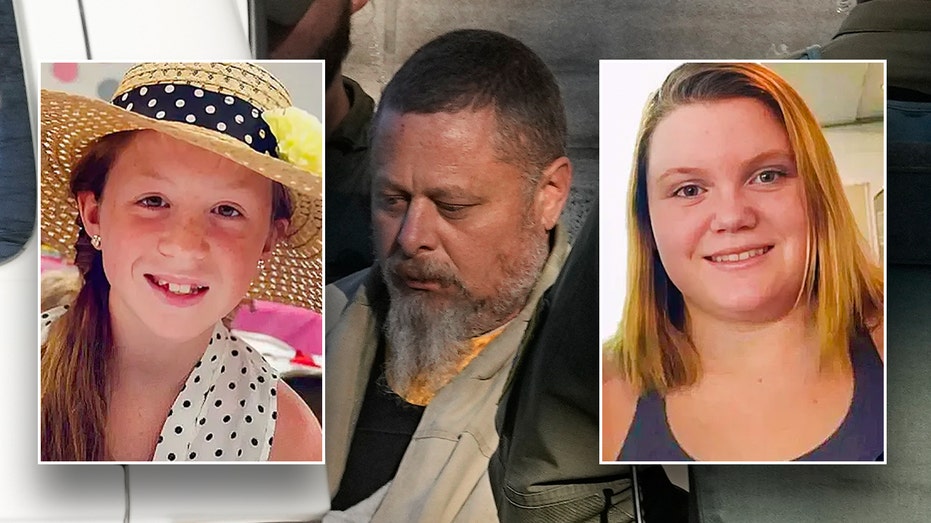






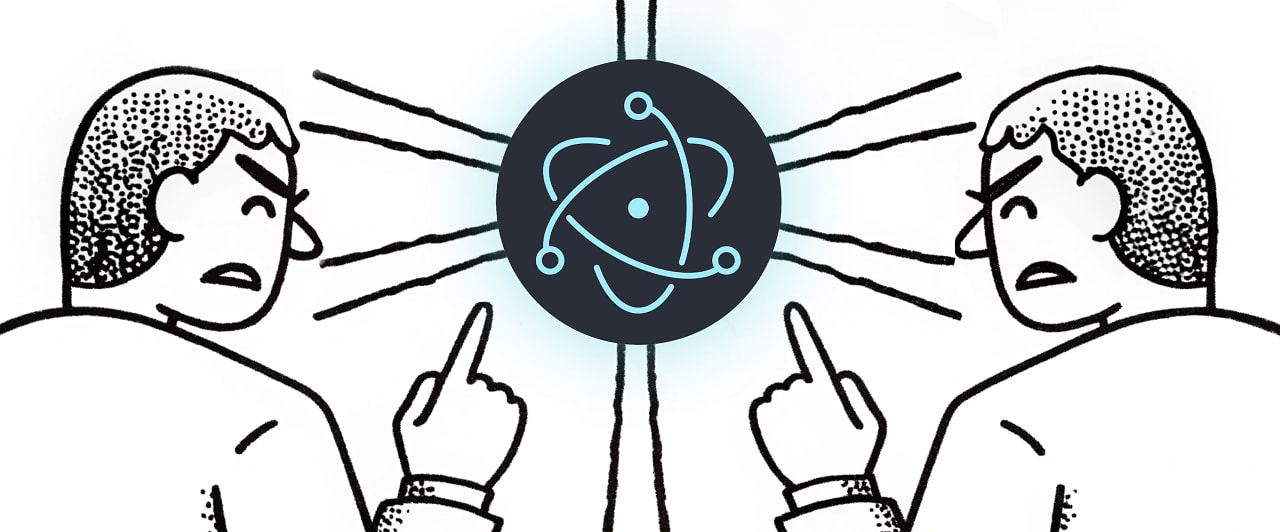


![From Gas Station to Google with Self-Taught Cloud Engineer Rishab Kumar [Podcast #158]](https://cdn.hashnode.com/res/hashnode/image/upload/v1738339892695/6b303b0a-c99c-4074-b4bd-104f98252c0c.png?#)









